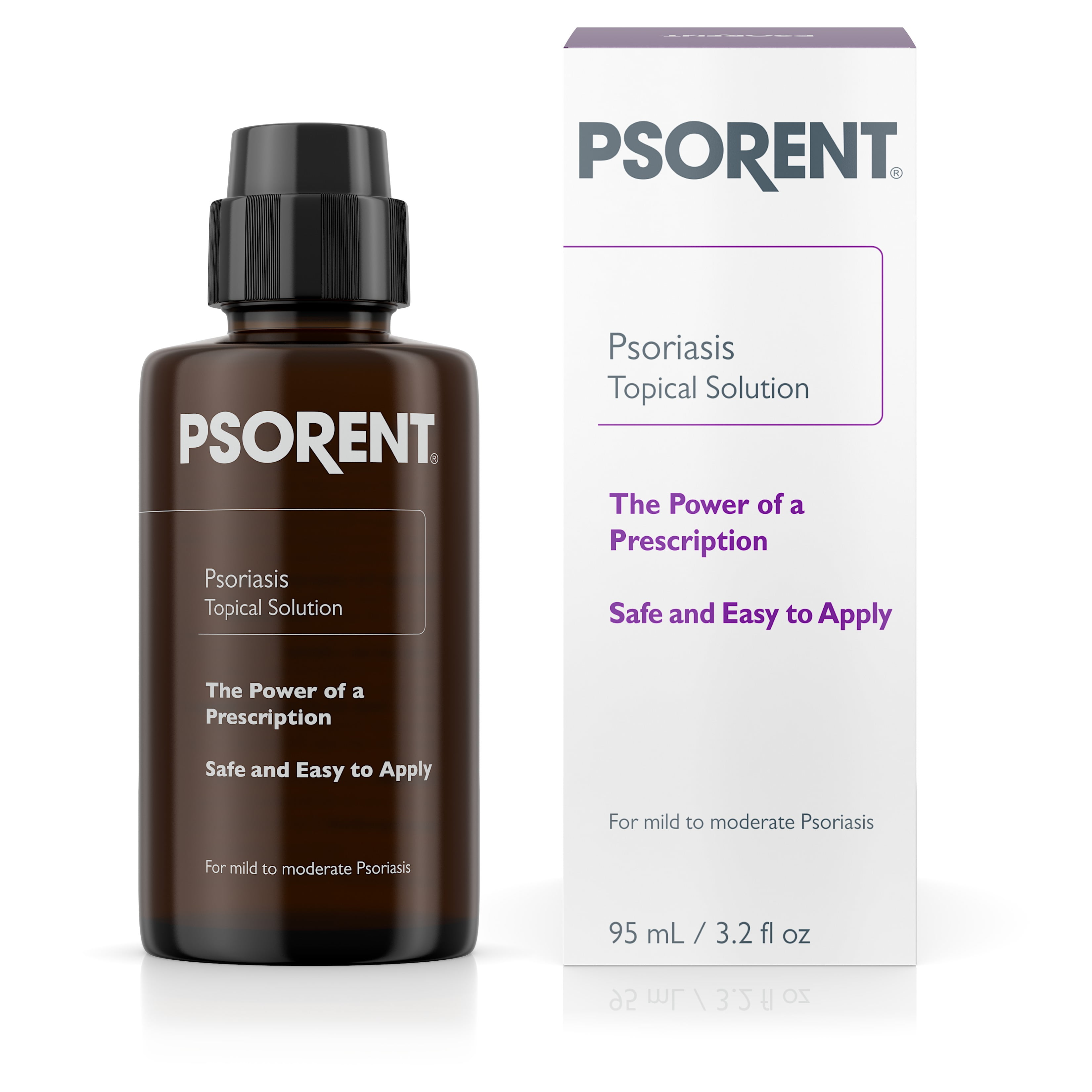Prescription for Psoriasis Treatment: Symptoms and Causes
What is psoriasis? What are the symptoms and causes of this skin condition? Get the facts about psoriasis and its treatment options.
Understanding Psoriasis
Psoriasis is a chronic, inflammatory skin condition that affects approximately 3% of the global population. It is characterized by the rapid buildup of skin cells, leading to the formation of thick, scaly patches on the skin. These patches, known as plaques, can be itchy, painful, and unsightly, significantly impacting an individual’s quality of life.
Symptoms of Psoriasis
The primary symptoms of psoriasis include:
- Scaly, red patches: These are the hallmark of psoriasis, appearing on various parts of the body, including the scalp, elbows, knees, and torso.
- Itching and discomfort: The plaques can be extremely itchy, and the condition can cause a burning sensation on the skin.
- Nail changes: Psoriasis can also affect the nails, causing them to become thick, discolored, and prone to crumbling or separating from the nail bed.
- Joint pain: In some cases, psoriasis can be accompanied by psoriatic arthritis, which causes inflammation and pain in the joints.
Causes of Psoriasis
The exact cause of psoriasis is not fully understood, but it is believed to involve a combination of genetic and environmental factors. Some of the key factors that contribute to the development of psoriasis include:

- Immune system dysfunction: Psoriasis is an autoimmune disorder, where the body’s immune system mistakenly attacks healthy skin cells, leading to the rapid buildup of skin cells.
- Genetics: Individuals with a family history of psoriasis are more likely to develop the condition, suggesting a genetic component.
- Triggers: Certain factors, such as stress, infections, certain medications, and skin injuries, can trigger or worsen psoriasis flare-ups.
Diagnosing Psoriasis
Psoriasis is typically diagnosed through a physical examination by a dermatologist. The healthcare provider will examine the skin and may perform a skin biopsy to confirm the diagnosis if necessary. In some cases, additional tests, such as blood tests or imaging studies, may be ordered to rule out other conditions or assess the extent of the disease.
Treatment Options for Psoriasis
There is no cure for psoriasis, but a range of treatments can help manage the symptoms and improve the appearance of the skin. The treatment approach is typically tailored to the individual, taking into account the severity of the condition, the affected areas, and the patient’s preferences. Some of the common treatment options include:
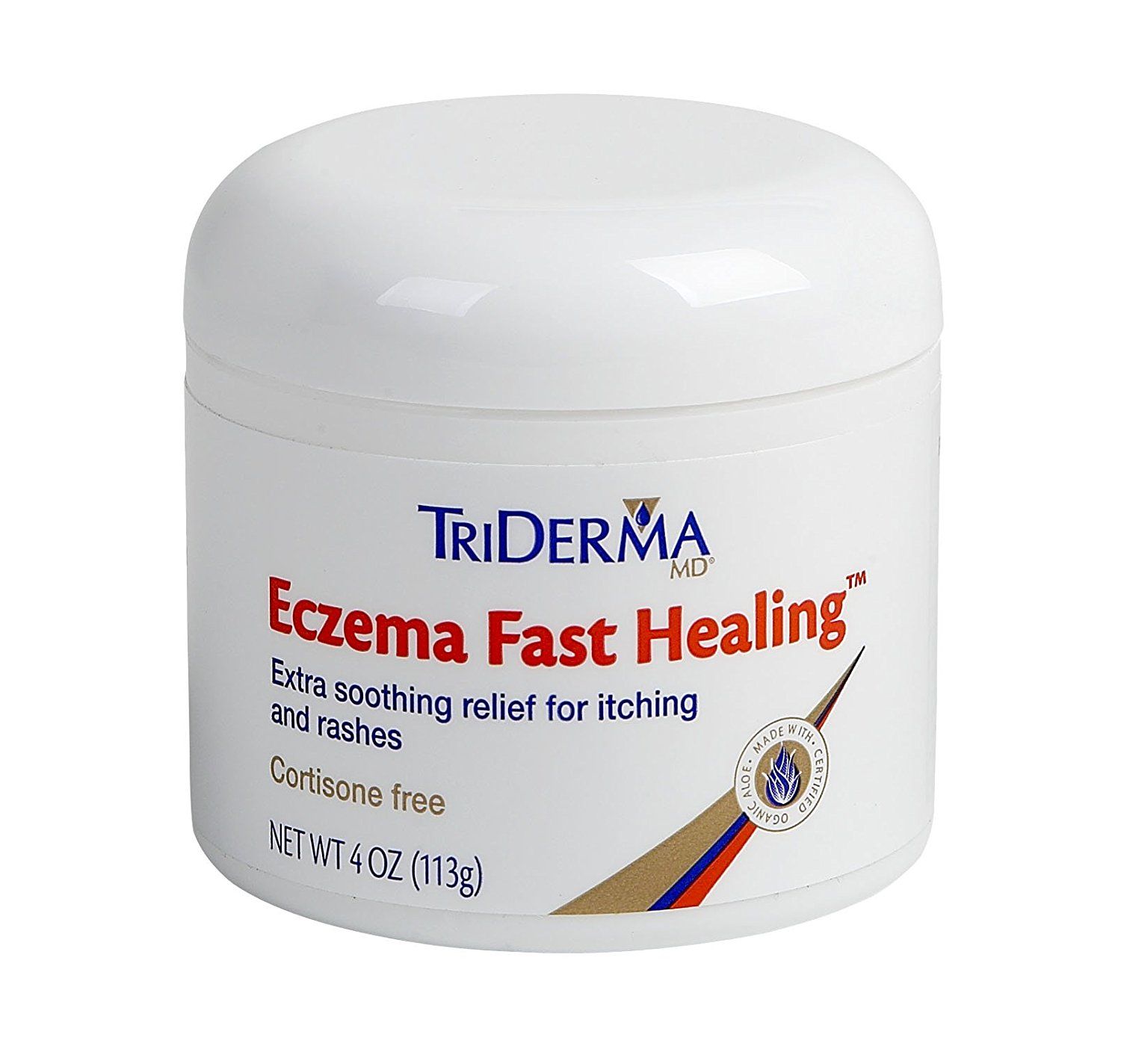
- Topical medications: These include creams, ointments, and lotions containing ingredients like corticosteroids, vitamin D analogs, and retinoids, which can help reduce inflammation and slow skin cell growth.
- Phototherapy: This involves the use of controlled exposure to ultraviolet (UV) light, which can help reduce the symptoms of psoriasis.
- Systemic medications: In cases of moderate to severe psoriasis, oral or injectable medications, such as methotrexate, cyclosporine, or biologics, may be prescribed to help control the immune system and reduce inflammation.
- Lifestyle changes: Maintaining a healthy lifestyle, reducing stress, and avoiding triggers can also play a role in managing psoriasis symptoms.
Living with Psoriasis
While there is no cure for psoriasis, many individuals are able to manage their symptoms and improve their quality of life through a combination of medical treatment and lifestyle adjustments. It is important for individuals with psoriasis to work closely with their healthcare provider to develop a personalized treatment plan and to seek support from family, friends, and patient advocacy groups as needed.
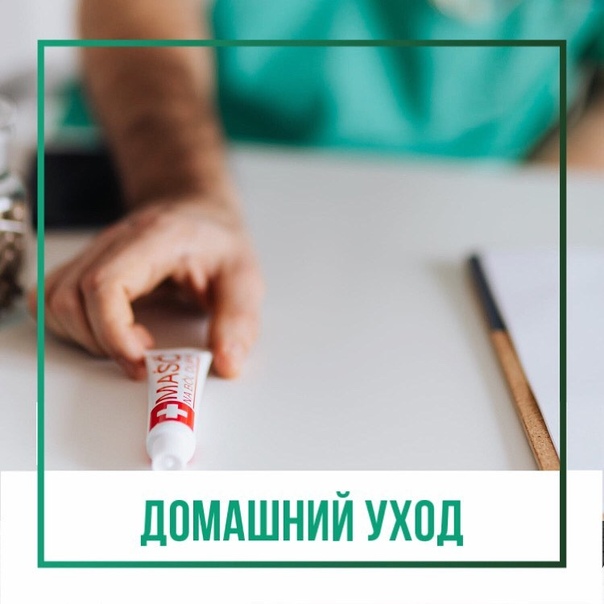
Conclusion
Psoriasis is a complex and chronic skin condition that can have a significant impact on an individual’s physical and emotional well-being. By understanding the symptoms, causes, and available treatment options, individuals with psoriasis can take steps to manage their condition and improve their overall health and quality of life.
Psoriasis: Medications and light therapies
Diseases & conditions
-
Coronavirus Resource Center
-
Acne
-
Eczema
-
Hair loss
-
Psoriasis
-
Rosacea
-
Skin cancer
-
A to Z diseases
-
A to Z videos
- DIY acne treatment
- How dermatologists treat
- Skin care: Acne-prone skin
- Causes
- Is it really acne?
- Types & treatments
- Childhood eczema
- Adult eczema
- Insider secrets
- Types of hair loss
- Treatment for hair loss
- Causes of hair loss
- Hair care matters
- Insider secrets
- What is psoriasis
- Diagnosis & treatment
- Skin, hair & nail care
- Triggers
- Insider secrets
- What is rosacea
- Treatment
- Skin care & triggers
- Insider secrets
- Types and treatment
- Find skin cancer
- Prevent skin cancer
- Raise awareness
- Español
Featured
How Natalie cleared her adult acne
Natalie tried many acne products without success. Find out how a board-certified dermatologist helped Natalie see clear skin before her wedding.
Find out how a board-certified dermatologist helped Natalie see clear skin before her wedding.
JAK inhibitors: A newer type of medication
JAK inhibitors are helping patients with alopecia areata, eczema/atopic dermatitis, psoriasis, and vitiligo. Here’s what you need to know.
Everyday care
-
Skin care basics
-
Skin care secrets
-
Injured skin
-
Itchy skin
-
Sun protection
-
Hair & scalp care
-
Nail care secrets
- Basic skin care
- Dry, oily skin
- Hair removal
- Tattoos and piercings
- Anti-aging skin care
- For your face
- For your skin routine
- Preventing skin problems
- Bites & stings
- Burns, cuts, & other wounds
- Itch relief
- Poison ivy, oak & sumac
- Rashes
- Shade, clothing, and sunscreen
- Sun damage and your skin
- Aprenda a proteger su piel del sol
- Your hair
- Your scalp
- Nail care basics
- Manicures & pedicures
Featured
Practice Safe Sun
Everyone’s at risk for skin cancer. These dermatologists’ tips tell you how to protect your skin.
These dermatologists’ tips tell you how to protect your skin.
Relieve uncontrollably itchy skin
Find out what may be causing the itch and what can bring relief.
Darker Skin Tones
-
Skin care secrets
-
Hair care
-
Hair loss
-
Diseases & Conditions
- Acne
- Dark spots
- Dry skin
- Light spots
- Razor bumps
- Caring for Black hair
- Scalp psoriasis
- Weaves & extensions
- Central centrifugal cicatricial alopecia
- Frontal fibrosing alopecia
- Hairstyles that pull can cause hair loss
- Acanthosis nigricans
- Acne keloidalis nuchae
- Hidradenitis suppurativa
- Keloid scars
- Lupus and your skin
- Sarcoidosis and your skin
- Skin cancer
- Vitiligo
- More diseases & conditions
Featured
Fade dark spots
Find out why dark spots appear and what can fade them.
Untreatable razor bumps or acne?
If you have what feels like razor bumps or acne on the back of your neck or scalp, you may have acne keloidalis nuchae. Find out what can help.
Cosmetic treatments
-
Your safety
-
Age spots & dark marks
-
Cellulite & fat removal
-
Hair removal
-
Scars & stretch marks
-
Wrinkles
-
Younger-looking skin
Featured
Laser hair removal
You can expect permanent results in all but one area. Do you know which one?
Do you know which one?
Scar treatment
If you want to diminish a noticeable scar, know these 10 things before having laser treatment.
Botox
It can smooth out deep wrinkles and lines, but the results aren’t permanent. Here’s how long botox tends to last.
Public health programs
-
Skin cancer awareness
-
Free skin cancer screenings
-
Kids’ camp
-
Good Skin Knowledge
-
Shade Structure grants
-
Skin Cancer, Take a Hike!™
-
Awareness campaigns
-
Flyers & posters
-
Get involved
- Lesson plans and activities
- Community grants
Featured
Free materials to help raise skin cancer awareness
Use these professionally produced online infographics, posters, and videos to help others find and prevent skin cancer.
Dermatologist-approved lesson plans, activities you can use
Free to everyone, these materials teach young people about common skin conditions, which can prevent misunderstanding and bullying.
Find a dermatologist
-
Find a dermatologist
-
What is a dermatologist?
-
FAAD: What it means
-
How to select a dermatologist
-
Telemedicine appointments
-
Prior authorization
-
Dermatologists team up to improve patient care
Featured
Find a Dermatologist
You can search by location, condition, and procedure to find the dermatologist that’s right for you.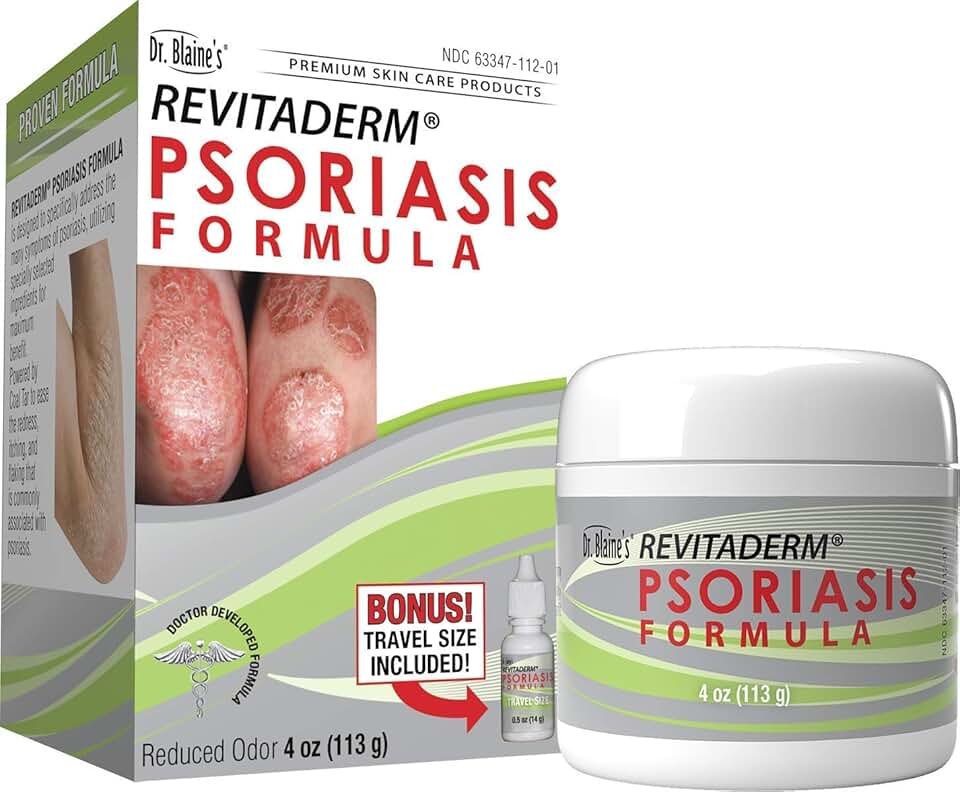
What is a dermatologist?
A dermatologist is a medical doctor who specializes in treating the skin, hair, and nails. Dermatologists care for people of all ages.
Psoriasis – Treatment – NHS
Treatment for psoriasis usually helps to keep the condition under control. Most people can be treated by their GP.
If your symptoms are particularly severe or not responding well to treatment, your GP may refer you to a skin specialist (dermatologist).
Treatments are determined by the type and severity of your psoriasis, and the area of skin affected. Your doctor will probably start with a mild treatment, such as topical creams applied to the skin, and then move on to stronger treatments if necessary.
A wide range of treatments are available for psoriasis, but identifying the most effective one can be difficult. Talk to your doctor if you feel a treatment is not working or you have uncomfortable side effects.
Talk to your doctor if you feel a treatment is not working or you have uncomfortable side effects.
Treatments fall into 3 categories:
- topical – creams and ointments applied to your skin
- phototherapy – your skin is exposed to certain types of ultraviolet light
- systemic – oral and injected medications that work throughout the entire body
Different types of treatment are often used in combination.
Your treatment for psoriasis may need to be reviewed regularly. You may want to make a care plan – an agreement between you and your health professional – as this can help you manage your day-to-day health.
The various treatments for psoriasis are outlined below.
Further information
- NICE guidance on the assessment and management of psoriasis
- PAPAA: psoriasis treatments
- Psoriasis Association: treatments for psoriasis
- Care and support plans
Topical treatments
Topical treatments are usually the first treatments used for mild to moderate psoriasis.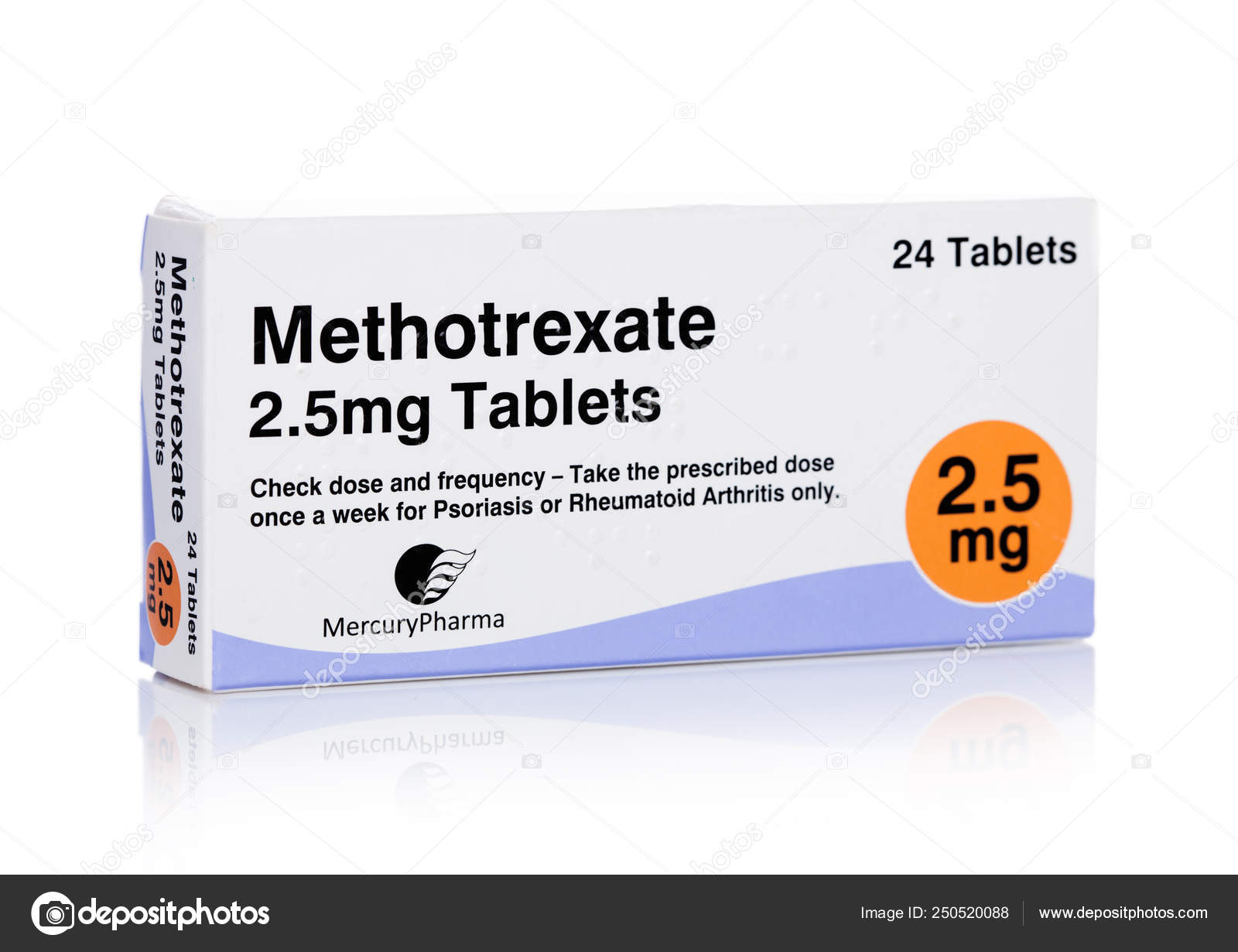 These are creams and ointments you apply to affected areas.
These are creams and ointments you apply to affected areas.
Some people find that topical treatments are all they need to control their condition, although it may take up to 6 weeks before there’s a noticeable effect.
If you have scalp psoriasis, a combination of shampoo and ointment may be recommended.
Emollients
Emollients are moisturising treatments applied directly to the skin to reduce water loss and cover it with a protective film. If you have mild psoriasis, an emollient is probably the first treatment your GP will suggest.
The main benefit of emollients is to moisturise the skin and reduce itching and scaling. Some other topical treatments are thought to work better on moisturised skin. Wait at least 30 minutes before applying another topical treatment after an emollient.
Emollients are available as a wide variety of products and can be bought over the counter from a pharmacy or prescribed by your GP, nurse or health visitor.
Read more about emollients.
Steroid creams or ointments
Steroid creams or ointments (topical corticosteroids) are commonly used to treat mild to moderate psoriasis in most areas of the body. The treatment works by reducing inflammation. This slows the production of skin cells and reduces itching.
Topical corticosteroids range in strength from mild to very strong. Only use them when recommended by your doctor.
Stronger topical corticosteroids can be prescribed by your doctor and should only be used on small areas of skin or on particularly thick patches. Overusing topical corticosteroids can lead to skin thinning.
Vitamin D analogues
Vitamin D analogue creams are commonly used along with or instead of steroid creams for mild to moderate psoriasis affecting areas such as the limbs, trunk or scalp.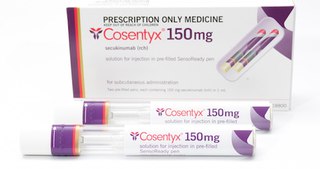 They work by slowing the production of skin cells. They also have an anti-inflammatory effect.
They work by slowing the production of skin cells. They also have an anti-inflammatory effect.
Examples of vitamin D analogues are calcipotriol, calcitriol and tacalcitol. There are very few side effects as long as you do not use more than the recommended amount.
Calcineurin inhibitors
Calcineurin inhibitors, such as tacrolimus and pimecrolimus, are ointments or creams that reduce the activity of the immune system and help to reduce inflammation. They’re sometimes used to treat psoriasis affecting sensitive areas, such as the face, the genitals and folds in the skin, if steroid creams are not effective.
These medications can cause skin irritation or a burning and itching sensation when they’re started, but this usually improves within a week.
Coal tar
Coal tar is a thick, heavy oil and is probably the oldest treatment for psoriasis. How it works is not exactly known, but it can reduce scales, inflammation and itchiness.
How it works is not exactly known, but it can reduce scales, inflammation and itchiness.
It may be used to treat psoriasis affecting the limbs, trunk or scalp if other topical treatments are not effective.
Coal tar can stain clothes and bedding and has a strong smell. It can be used in combination with phototherapy.
Dithranol
Dithranol has been used for more than 50 years to treat psoriasis. It has been shown to be effective in suppressing the production of skin cells and has few side effects. However, it can burn if it’s too concentrated.
It’s typically used as a short-term treatment, under hospital supervision, for psoriasis affecting the limbs or trunk, as it stains everything it comes into contact with, including skin, clothes and bathroom fittings.
It’s applied to your skin (by someone wearing gloves) and left for 10 to 60 minutes before being washed off.
Dithranol can be used in combination with phototherapy.
Further information
- Psoriasis Association: treatments for psoriasis
- PAPAA: emollients
Phototherapy
Phototherapy uses natural and artificial light to treat psoriasis. Artificial light therapy can be given in hospitals and some specialist centres, usually under the care of a dermatologist. These treatments are not the same as using a sunbed.
Ultraviolet B (UVB) phototherapy
UVB phototherapy uses a wavelength of light invisible to human eyes. The light slows down the production of skin cells and is an effective treatment for some types of psoriasis that have not responded to topical treatments.
Each session only takes a few minutes, but you may need to go to hospital 2 or 3 times a week for 6 to 8 weeks.
Psoralen plus ultraviolet A (PUVA)
For this treatment, you’ll first be given a tablet containing compounds called psoralens, or psoralen may be applied directly to the skin. This makes your skin more sensitive to light.
Your skin is then exposed to a wavelength of light called ultraviolet A (UVA). This light penetrates your skin more deeply than UVB light.
This treatment may be used if you have severe psoriasis that has not responded to other treatment.
Side effects include nausea, headaches, burning and itchiness. You may need to wear special glasses for 24 hours after taking the tablet to prevent the development of cataracts.
Long-term use of this treatment is not encouraged, as it can increase your risk of developing skin cancer.
Combination light therapy
You may be offered creams or ointments (topical treatments) alongside light therapy if:
- your psoriasis is not responding to light therapy alone
- you cannot, or do not want to, take medicines for your psoriasis
Further information
- Psoriasis Association: treatments for psoriasis
- PAPAA: psoriasis and phototherapy
Tablets, capsules and injections
If your psoriasis is severe or other treatments have not worked, you may be prescribed systemic treatments by a specialist.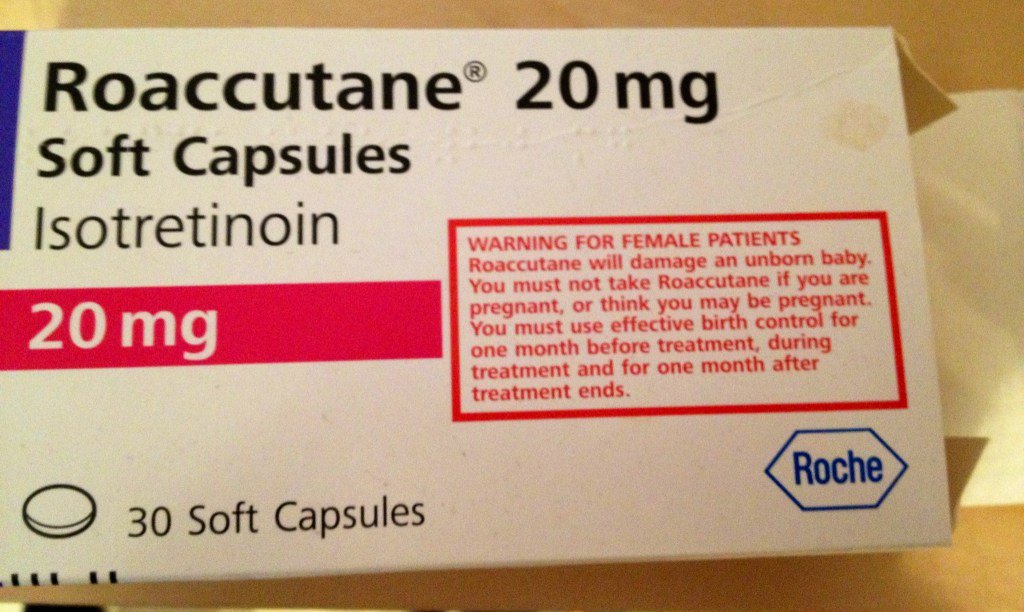 Systemic treatments work throughout the entire body.
Systemic treatments work throughout the entire body.
These medications can be very effective in treating psoriasis, but they all have potentially serious side effects. All the systemic treatments for psoriasis have benefits and risks. Before starting treatment, talk to your doctor about your treatment options and any risks associated with them.
If you’re planning for a baby, become pregnant or are thinking of breastfeeding, you should also speak to your doctor first before taking any new medicine to check it’s suitable for use during pregnancy or breastfeeding.
There are 2 main types of systemic treatment, called non-biological (usually given as tablets or capsules) and biological (usually given as injections).
Non-biological medications
Methotrexate
Methotrexate can help control psoriasis by slowing down the production of skin cells and suppressing inflammation.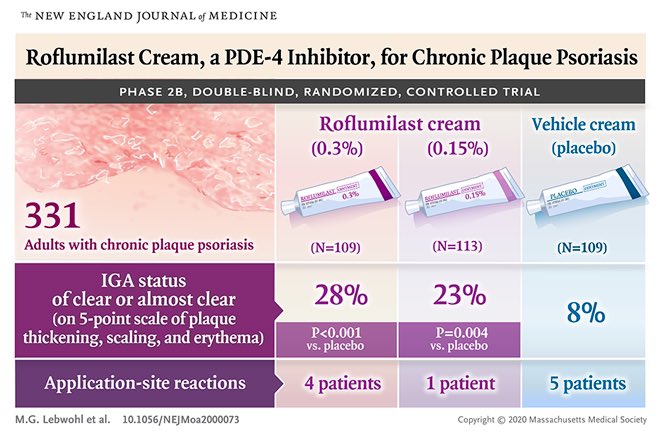 It’s usually taken once a week.
It’s usually taken once a week.
Methotrexate can cause nausea and may affect the production of blood cells. Long-term use can cause liver damage. People who have liver disease should not take methotrexate, and you should not drink alcohol when taking it.
Methotrexate can be very harmful to a developing baby, so it’s important that women use contraception and do not become pregnant while they take this drug and for at least 6 months after they stop.
Men are advised to delay trying for a baby until at least 6 months since their last dose of methotrexate.
Ciclosporin
Ciclosporin is a medicine that suppresses your immune system (immunosuppressant). It was originally used to prevent transplant rejection but has proved effective in treating all types of psoriasis. It’s usually taken daily.
Ciclosporin increases your chances of kidney disease and high blood pressure, which will need to be monitored.
Acitretin
Acitretin is an oral retinoid that reduces skin cell production. It’s used to treat severe psoriasis that has not responded to other non-biological systemic treatments. It’s usually taken daily.
Acitretin has a wide range of side effects, including dryness and cracking of the lips, dryness of the nasal passages and, in rarer cases, hepatitis.
Acitretin can be very harmful to a developing baby, so it’s important that women use contraception and do not become pregnant while taking this drug, and for at least 3 years after they stop taking it. However, it’s safe for a man taking acitretin to father a baby.
Other drugs
Apremilast and dimethyl fumarate are medicines that help to reduce inflammation. They are taken as daily tablets. These medicines are only recommended for use if you have severe psoriasis that has not responded to other non-biological treatments.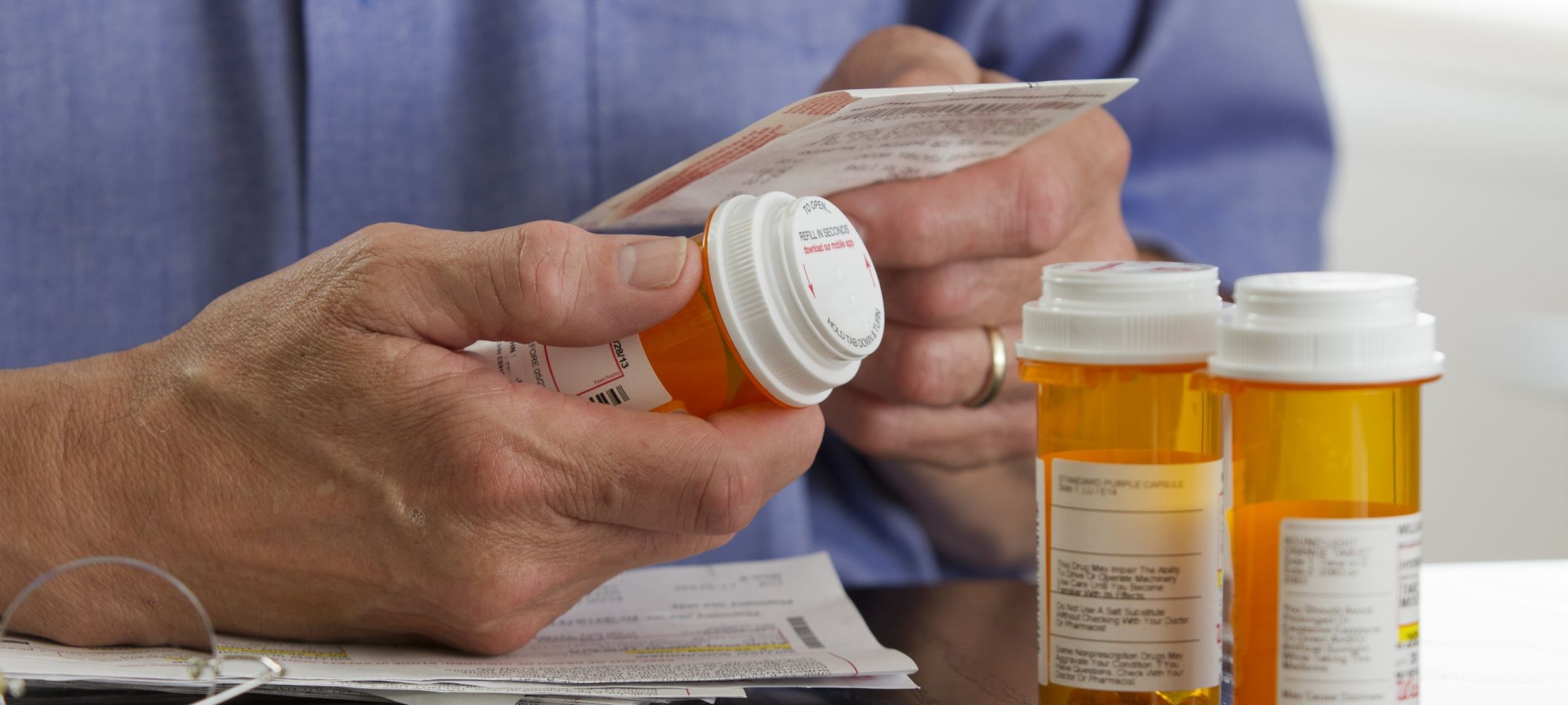
Further information
- Psoriasis Association: systemic treatments
Biological treatments
Biological treatments reduce inflammation by targeting overactive cells in the immune system. They are usually used if you have severe psoriasis that has not responded to other treatments, or if you cannot use other treatments.
Etanercept
Etanercept is injected twice a week, and you’ll be shown how to do this. If there’s no improvement in your psoriasis after 12 weeks, the treatment will be stopped.
The main side effect of etanercept is a rash where the injection is given. However, as etanercept affects the whole immune system, there’s a risk of serious side effects, including severe infection.
If you have had tuberculosis in the past, there’s a risk it may return.
You’ll be monitored for side effects during your treatment.
Adalimumab
Adalimumab is injected once every 2 weeks, and you’ll be shown how to do this. If there’s no improvement in your psoriasis after 16 weeks, the treatment will be stopped.
The main side effects of adalimumab include headaches, a rash at the injection site and nausea. However, as adalimumab affects the whole immune system, there’s a risk of serious side effects, including severe infections.
You’ll be monitored for side effects during your treatment.
Infliximab
Infliximab is given as a drip (infusion) into your vein at the hospital. You’ll have 3 infusions in the first 6 weeks, then 1 infusion every 8 weeks. If there’s no improvement in your psoriasis after 10 weeks, the treatment will be stopped.
The main side effect of infliximab is a headache. However, as infliximab affects the whole immune system, there’s a risk of serious side effects, including severe infections.
However, as infliximab affects the whole immune system, there’s a risk of serious side effects, including severe infections.
You’ll be monitored for side effects during your treatment.
Ustekinumab
Ustekinumab is injected at the beginning of treatment, then again 4 weeks later. After this, injections are every 12 weeks. If there’s no improvement in your psoriasis after 16 weeks, the treatment will be stopped.
The main side effects of ustekinumab are a throat infection and a rash at the injection site. However, as ustekinumab affects the whole immune system, there’s a risk of serious side effects, including severe infections.
You’ll be monitored for side effects during your treatment.
Other biological treatments
There is an increasing number of biological treatments that are given as injections. These include guselkumab, brodalumab, secukinumab, ixekizumab, bimekizumab and risankizumab.
These include guselkumab, brodalumab, secukinumab, ixekizumab, bimekizumab and risankizumab.
They’re recommended for people who have severe psoriasis that has not improved with other treatments or when other treatments are not suitable.
Further information
- Psoriasis Association: biologic treatments
Page last reviewed: 08 April 2022
Next review due: 08 April 2025
Psoriasis? 3 components of effective treatment
About psoriasis
The causes of psoriasis today remain unknown. However, a lot of evidence has accumulated in the literature that this disease is based on disorders at the genetic level. There is also an opinion that the virus genome can interfere with the human cell genome, i.e. this is a viral disease. It is widely believed that psoriasis is a skin disease of a multifactorial nature. The question of the hereditary nature of psoriasis remains debatable to this day, but psoriasis is often found in close relatives.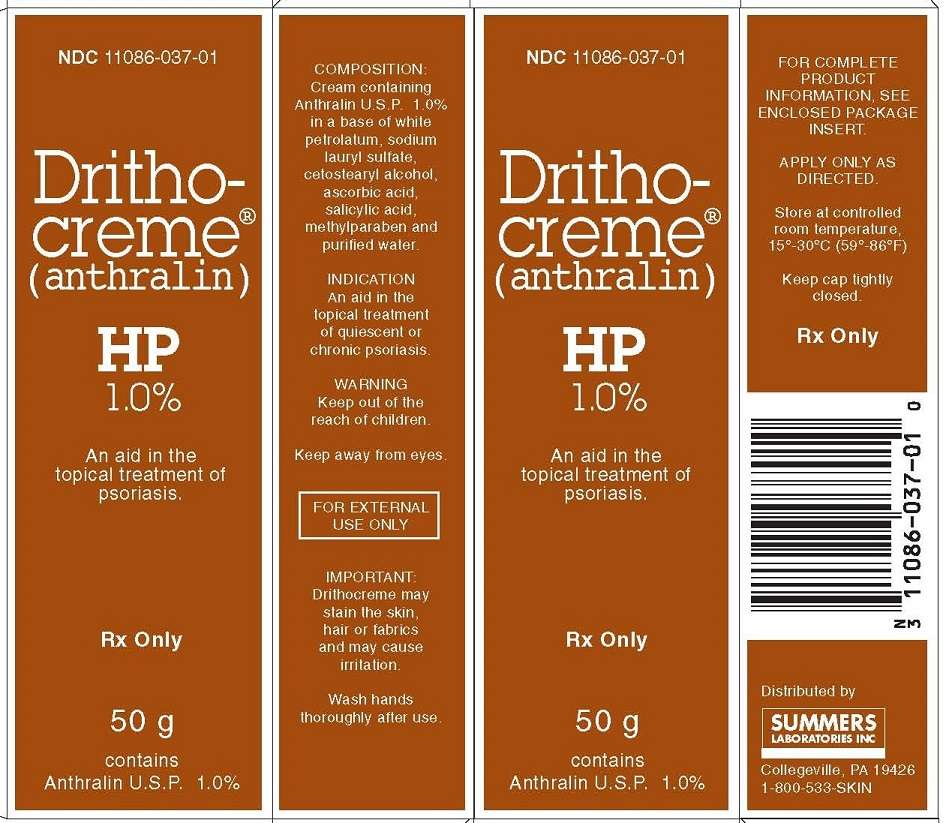 The main changes occur in the epidermis, in which cells begin to divide uncontrollably, and their transformation into mature structures and, ultimately, into full-fledged scales, strongly deviates from the norm. This reduces the time of the cell cycle (the time from cell division to its transformation into a scale, which is exfoliated) from 28 to 4 days. At the same time, keratinization processes begin earlier than the cell is ready for this. As a result, genetically programmed keratinization is disrupted. It is essential to emphasize that in psoriasis in the epidermis, the content of macrophages, active participants in local immunity, almost doubles. Violations of the regulatory relationships between them and keratinocytes are associated with these cells. The most resistant to treatment are changes in the connective tissue of the skin, where signs of immune inflammation develop. Today, the disruption of relationships at the level of regulatory macromolecules between epithelial and immunocompetent cells in the development of psoriasis is of great importance.
The main changes occur in the epidermis, in which cells begin to divide uncontrollably, and their transformation into mature structures and, ultimately, into full-fledged scales, strongly deviates from the norm. This reduces the time of the cell cycle (the time from cell division to its transformation into a scale, which is exfoliated) from 28 to 4 days. At the same time, keratinization processes begin earlier than the cell is ready for this. As a result, genetically programmed keratinization is disrupted. It is essential to emphasize that in psoriasis in the epidermis, the content of macrophages, active participants in local immunity, almost doubles. Violations of the regulatory relationships between them and keratinocytes are associated with these cells. The most resistant to treatment are changes in the connective tissue of the skin, where signs of immune inflammation develop. Today, the disruption of relationships at the level of regulatory macromolecules between epithelial and immunocompetent cells in the development of psoriasis is of great importance. There are even new drugs that interfere with these processes at the level of regulatory molecules.
There are even new drugs that interfere with these processes at the level of regulatory molecules.
Because the causes of psoriasis are unclear, there is no single evidence-based approach to its treatment. Existing empirically found therapies sometimes contradict each other, but they help. So the regression of rashes in the absence of new ones can reach 75%. This keeps patients working and improves their quality of life.
With the help of modern methods of treatment, diseased skin can be brought into remission and further maintained at a socially acceptable level, when a person will not experience discomfort in communicating with other people from his cosmetic defects. It is possible to achieve remission – a state of significant and stable improvement – by medication and physiotherapy.
Today, psoriasis is treated with drugs aimed at reducing intoxication, as well as drugs that reduce sensitivity to various allergenic effects, although the role of allergies in the development of psoriasis remains unclear./plaque-psoriasis-causes-39-5ae0bf058023b90036cf1352.png) A large place in the treatment of psoriasis is occupied by drugs for external use. These are hormonal (glucocorticosteroid) agents, preparations containing zinc, synthetic analogues of vitamins A and D, ointments, the action of which is aimed at exfoliating stratum corneum and resolving lesions. The Standard of Medical Care for Patients with Psoriasis, approved by order of the Ministry of Health and Social Development, includes Naftaderm ointments (by substance Naftalan oil), Radevit, Redecyl, Videstim (by substances retinol, tocopherol and ergocalciferol), as well as Berestin liquid (by substance birch tar) .
A large place in the treatment of psoriasis is occupied by drugs for external use. These are hormonal (glucocorticosteroid) agents, preparations containing zinc, synthetic analogues of vitamins A and D, ointments, the action of which is aimed at exfoliating stratum corneum and resolving lesions. The Standard of Medical Care for Patients with Psoriasis, approved by order of the Ministry of Health and Social Development, includes Naftaderm ointments (by substance Naftalan oil), Radevit, Redecyl, Videstim (by substances retinol, tocopherol and ergocalciferol), as well as Berestin liquid (by substance birch tar) .
Phototherapy has a good effect, in its pure form and in combination with photosensitizers that increase the sensitivity of the skin to ultraviolet rays. For this reason, summer sun tan has a good effect on the course of the disease.
Pure tar is effective in treating psoriasis. The strength of the effect of tar on the lesions can be adjusted by the time of application (from 10 to 30 minutes). After that, the tar is washed off.
After that, the tar is washed off.
Pure tar drug Berestin is capable at the level of macromolecules of intercellular interaction, or even at the genetic level, to modify the division and development of epidermal cells towards its normalization, in particular, the granular layer of the epidermis, which is absent in psoriasis, is restored.
Thus, Berestin normalizes the development of the epidermis changed in psoriasis. Berestin can be used as a single drug, but more often it is used in the complex therapy of psoriasis, which is determined by the attending physician, taking into account all the features of the course of the disease.
Berestin is a medicine that has passed the state registration, all the necessary studies, has a stable composition and is free from impurities. It has an approved instruction for medical use, which indicates the indications, method of use, contraindications and side effects. All these data were reflected in the monograph for doctors “Berestin” (M. , JSC “Retinoids”, 2011).
, JSC “Retinoids”, 2011).
3 components of effective treatment
Years of experience
Doctors of the Scientific Dermatological Center “Retinoids” for 15 years of work have accumulated vast experience in helping patients with psoriasis. Despite the complexity of treating this disease, in most cases we manage to achieve a significant improvement in the condition of the skin even in the most severe forms of the disease, and significantly improve the quality of life of patients. Reception is conducted by dermatologists of the highest category, doctors and candidates of sciences.Individual approach
When making a diagnosis and choosing the most effective treatment regimen, we use an individual approach, taking into account the history of the disease, the characteristics of the course, and the reactivity of the patient.Modern drugs
In the treatment of skin diseases, modern highly effective methods and drugs are used, including those produced by Retinoids JSC. As a result of treatment, diseased skin, as a rule, can be brought into remission and further maintained at a socially acceptable level, when a person will not experience discomfort in communicating with other people from his cosmetic defects.
As a result of treatment, diseased skin, as a rule, can be brought into remission and further maintained at a socially acceptable level, when a person will not experience discomfort in communicating with other people from his cosmetic defects.
An experienced nurse will advise you on the phone which doctor is best for you. At the first appointment, the doctor will make a diagnosis and prescribe a course of treatment. As a rule, additional tests and studies are not required to make a diagnosis. The cost of an appointment includes a consultation, diagnosis and treatment. After 1-2 months, you will need to come back for a follow-up examination. If necessary, the doctor will adjust the therapy. Usually, 3-4 visits to the doctor are enough to obtain a stable result. Discounts for students and pupils!
Appointment by phone: (495) 785-31-89 or 8 (916) 680-58-93 or on the website.
Make an appointment
Material source
How to treat psoriasis at home with folk remedies.
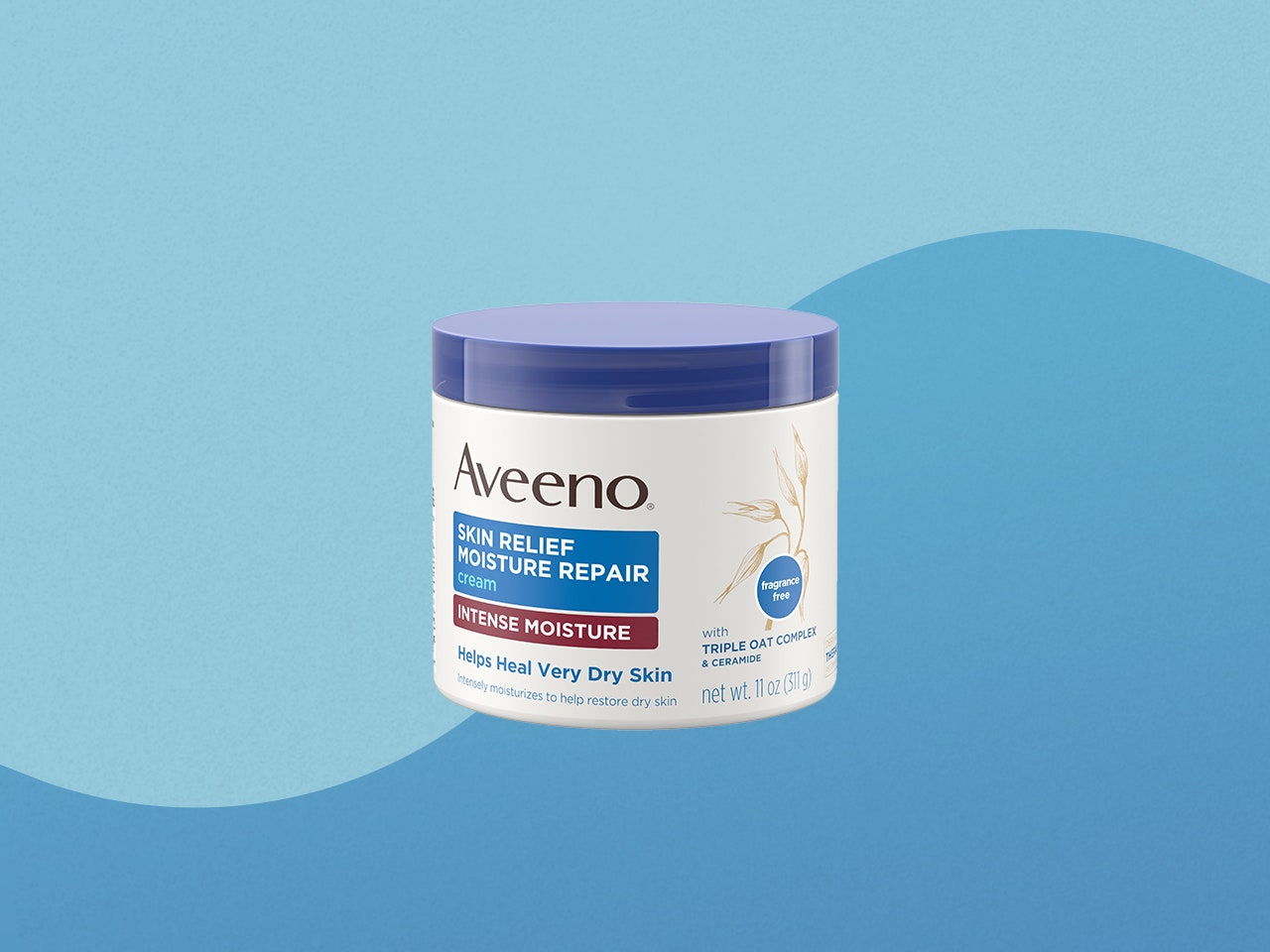 Part 1
Part 1
2181
Reading time: 9 minutes
The effectiveness of the use of folk recipes for psoriasis depends on several factors:
age;
duration of the process;
the presence of concomitant ailments;
occurrence of complications.
Another important point that has a direct impact on the result of psoriasis treatment with herbs is the psychological mood of the patient himself. If a person does not believe that traditional medicine is effective, then they will not help. In addition, the preparation of herbal preparations and the preparation of infusions and decoctions takes a lot of time, and not every patient is ready to sacrifice them. Moreover, synthetic drugs act much faster. But natural medicines do not harm the body at all!
Today, a person suffering from this severe skin disease and wanting to try folk remedies can greatly facilitate his task. To do this, you just need to go to the pharmacy and buy ready-made fees that are useful for the body. This is especially convenient for residents of large cities and metropolitan areas, for whom it is difficult to often get out of the city. And in order to collect medicinal herbs, you not only need to distinguish them, but also know what season you can harvest.
To do this, you just need to go to the pharmacy and buy ready-made fees that are useful for the body. This is especially convenient for residents of large cities and metropolitan areas, for whom it is difficult to often get out of the city. And in order to collect medicinal herbs, you not only need to distinguish them, but also know what season you can harvest.
Herbs for psoriasis: useful preparations
To successfully treat psoriasis in the stationary stage, the famous herbalist Vladimir Fedorovich Korsun recommends the following composition:
4 tablespoons of sage leaves;
3 tablespoons of herb oregano and juniper berries;
2 tablespoons of lingonberry leaves, birch buds, calamus rhizomes and horsetail grass.
Mix all ingredients thoroughly. To prepare the daily dose, pour a tablespoon of the mixture with a glass of boiling water. Steep until completely cool and strain. The infusion is taken after meals three times a day for 1/3 cup. The course is 4-5 weeks.
The infusion is taken after meals three times a day for 1/3 cup. The course is 4-5 weeks.
Oregano calms the nerves and relieves inflammation. Lingonberry leaves, juniper berries and horsetail disinfect and cleanse the kidneys. Calamus allows you to cope with bloating and normalize the secretion of the stomach. Sage strengthens capillaries, improves blood flow. It also fights micro-organisms. Birch buds work as an antiseptic and choleretic. They also have a tonic, wound healing, sedative and antihelminthic effect.
However, the treatment of psoriasis with herbs of this collection has a number of contraindications. It cannot be used:
In addition, oregano and sage inhibit the function of the reproductive organs, cause drowsiness, inhibiting the nervous system.
For patients with a weeping form of psoriasis at home, it is useful to take drugs from plants that have a diuretic effect. Good help, for example, parsley, knotweed, kidney tea leaves. Here is an example of one of these fees (the ratio of components is 3/1/1):
bearberry leaves;
cornflower flowers;
liquorice root.

Folk recipes for psoriasis are carefully studied by modern experts. The author of the reference book on herbal medicine, Sergey Yakovlevich Sokolov, cites the following effective composition in his book:
15 grams of succession, St. John’s wort, calamus roots;
10 grams of black elderberry flowers, lingonberry leaves, elecampane roots, corn columns with stigmas, horsetail grass;
5 grams of celandine grass.
A tablespoon of this mixture is poured with boiling water (1 cup), infused for half an hour and filtered. The infusion is taken after meals twice a day. The course is 1-2 months.
The succession soothes, relieves inflammation and relieves itching. St. John’s wort improves blood flow, prevents allergies from developing and has an effect similar to hormonal drugs. Celandine drives bile well and slows down the process of cell division of the stratum corneum.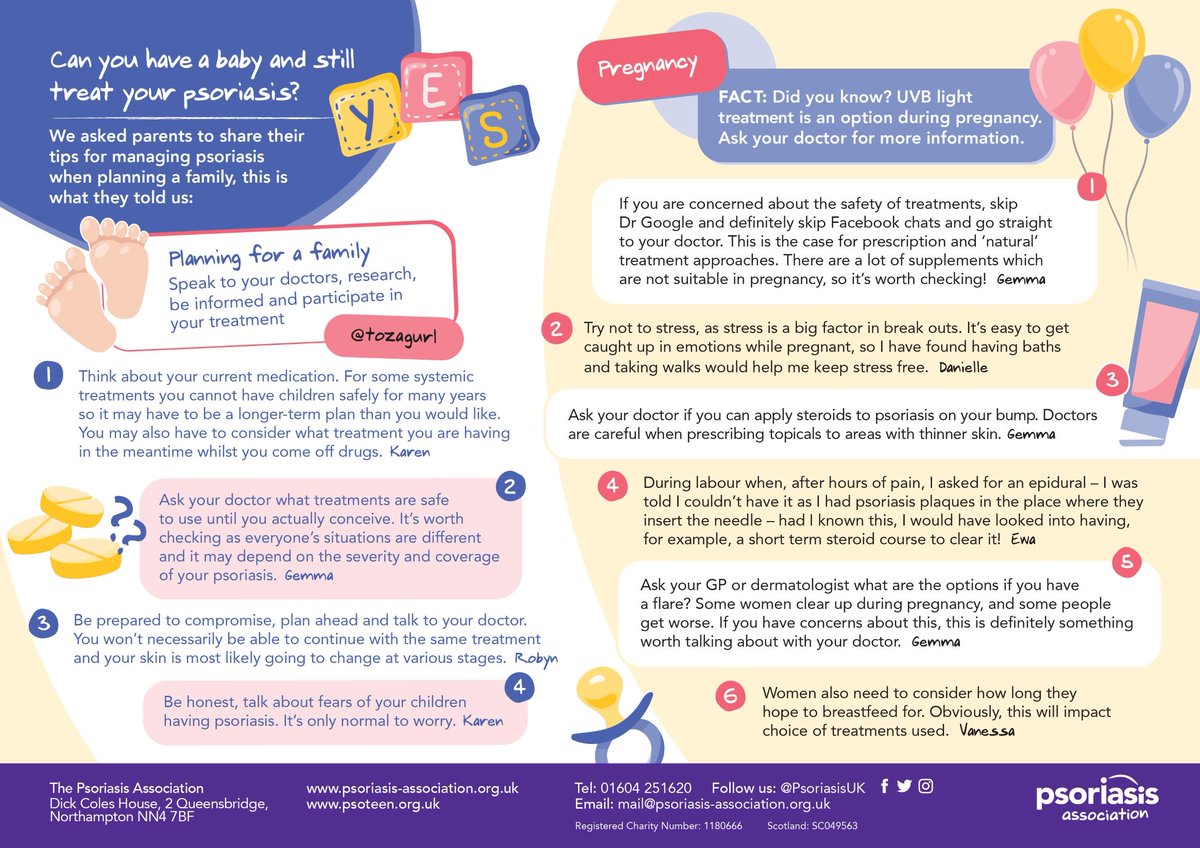 Elecampane works as an excellent diuretic. Corn stigmas have a choleretic and anti-inflammatory effect.
Elecampane works as an excellent diuretic. Corn stigmas have a choleretic and anti-inflammatory effect.
The composition is recommended for the treatment of the stationary stage of psoriasis at home. It well removes itching attacks and is indicated for liver diseases, which are characterized by:
The collection is contraindicated in case of intolerance to its components and gastritis of high acidity. However, in the latter case, it is enough to remove calamus from the list of ingredients.
The following herbs for psoriasis are used to improve immunity:
St. John’s wort, succession grass, juniper berries – 20 grams each;
lingonberry leaves, oregano – 15 grams each;
horsetail grass – 10 grams.
A tablespoon of the resulting mixture is poured with a glass of boiling water. Infused for half an hour and filtered. Taken after meals twice a day for half a cup. The course is 1-2 months.
The course is 1-2 months.
Herbal treatment of psoriasis in exudative form
Limited weeping psoriasis at home is treated by applying a layer of heated herbs to the joints affected by psoriatic arthritis. Phytoapplications are:
local;
placed along the edges of pathological foci;
reflex-segmental, taking into account the projection of a particular section of the spinal cord
affecting the area symmetrical to the lesion.
To prepare medicinal herbs for the procedure, they must be thoroughly crushed, mixed, placed in a warm place and steamed in boiling water. Steaming lasts 15-20 minutes. The infusion is filtered, squeezed and used for therapeutic baths. The remaining herbal cake is wrapped in gauze or linen and applied to the body. The compress is covered with waxed paper or cellophane and wrapped in woolen cloth:
the thickness of the layer of herbs for psoriasis for phytoapplication is 4-6 cm;
temperature – 34-50 ° C;
the duration of the procedure is an average of 10-30 minutes.

How often to use such herbal psoriasis treatment is determined individually. There is an intensive therapy course of 10-15 sessions – two days of compresses are replaced by breaks for a day or two.
Here is another popular recipe:
30 grams of tricolor violet grass;
20 grams of St. John’s wort, nettle, juniper berries and calendula flowers;
10 grams of horsetail herb.
Today, there are very effective herbal-based regimens for psoriasis. Indications – severe somatic pathologies and the patient’s unwillingness to be treated with glucocorticosteroids and cytostatic drugs.
Folk recipes for psoriasis. Tea fees
The composition of tea for patients with psoriasis:
5 tablespoons of elderberry flowers;
4 tablespoons of horsetail, nettle and St. John’s wort;
3 tablespoons of yarrow.

A tablespoon of the mixture poured with a glass of boiling water is infused until cool and filtered. It is taken three times a day for a third of a glass after meals. The course is 2-3 months.
This tea goes well with therapeutic baths with valerian root tincture and pine needle extract (50 ml of each substance). In addition, it is useful to apply wet wraps. A linen sheet should be moistened in a decoction of elecampane root, squeezed out and wrapped in the patient, putting him in bed under a warm blanket for 1-2 hours. Course – 10-12 sessions.
The arthropathic form of psoriasis, accompanied by psoriatic arthritis, is the most severe complication of the disease. In this case, the following fee is recommended:
sage leaves and calendula flowers – 20 grams each;
eucalyptus leaves, chamomile flowers and birch buds – 15 grams each;
juniper berries – 10 grams;
yarrow herb – 5 grams.

To treat psoriasis at home, take a tablespoon of the mixture and pour boiling water (1 cup). Insist for half an hour and strain. Take 1/2 cup twice a day after meals. The course is 2-3 months.
Apply phytoapplications to the joints:
Treatment of psoriasis with herbs. Preventive measures
In spring and autumn, it is recommended to carry out a set of preventive procedures.
Reception of decoction from herbal collection:
20 grams of chamomile flowers, St. John’s wort and sage leaves;
15 grams of tricolor violet grass and lingonberry leaves;
10 grams of tansy flowers.
The recipe is the same as the previous one. An infusion is taken for a month for half a cup after breakfast and dinner.
Chamomile disinfects, relieves inflammation, fights ulcers. Violet is a wonderful antiseptic. It removes puffiness, normalizes metabolism, and also acts as a diuretic and antiallergic agent.

 As a result of treatment, diseased skin, as a rule, can be brought into remission and further maintained at a socially acceptable level, when a person will not experience discomfort in communicating with other people from his cosmetic defects.
As a result of treatment, diseased skin, as a rule, can be brought into remission and further maintained at a socially acceptable level, when a person will not experience discomfort in communicating with other people from his cosmetic defects.